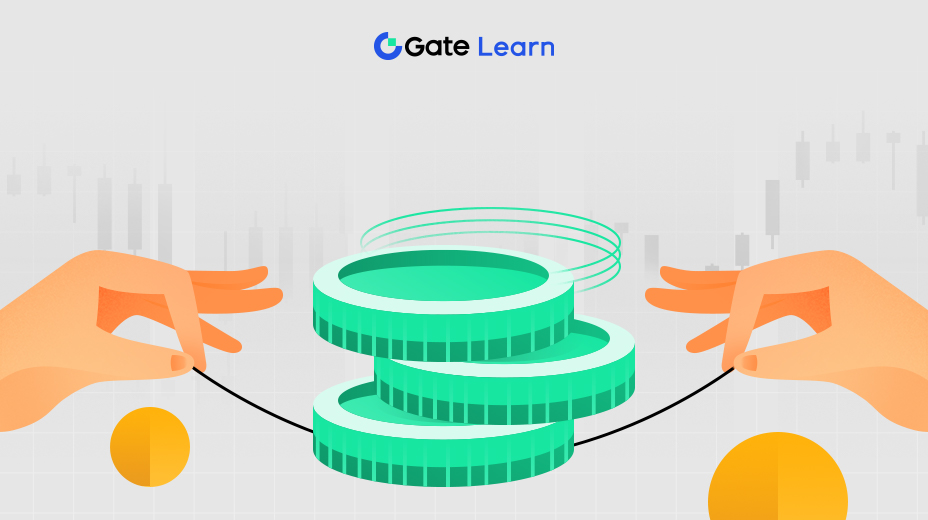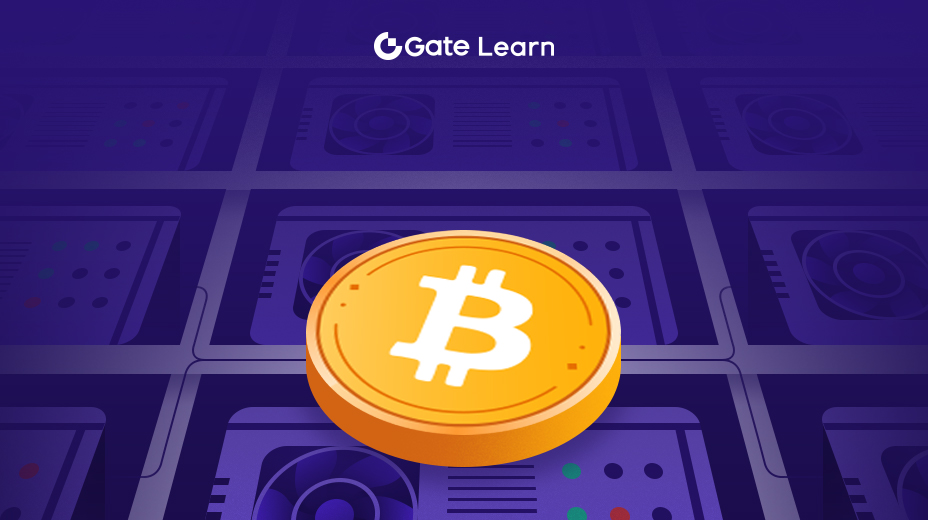Ecossistema e produtos
Esta aula irá explorar vários aplicativos descentralizados (dApps) que compõem o ecossistema re.al, expandindo as funcionalidades da plataforma em diferentes classes de ativos. Também apresentará produtos inovadores, como o token Basket para imóveis, que aborda alguns desafios comuns relacionados à liquidez de ativos e acessibilidade de investimentos.
Visão geral do protocolo do ecossistema

re.al construiu um poderoso ecossistema em torno da gestão, liquidez e alavancagem de ativos do mundo real (RWA) otimizados para protocolos especializados. Protocolos como Pearl e Stack desempenham um papel fundamental no aprimoramento das funcionalidades e atratividade da plataforma re.al. Eles tornam possíveis estratégias e serviços financeiros complexos adaptados especificamente para o RWA, aumentando a acessibilidade desses ativos e beneficiando um público mais amplo.
O protocolo Pearl de liquidez centralizada
O protocolo Pearl visa promover a liquidez centralizada dentro do ecossistema re.al. Ele permite que os provedores de liquidez (LP) aloquem seus fundos dentro de uma faixa de preço específica, maximizando assim o potencial de retorno de mineração de liquidez em comparação com as trocas descentralizadas (DEX) tradicionais. Ao fornecer liquidez de forma mais eficiente, os usuários podem obter uma taxa de rendimento mais alta para os ativos apostados. O Pearl também permite que os provedores de liquidez definam faixas de preço personalizadas para seus ativos, minimizando assim as perdas impermanentes (um problema comum em piscinas de liquidez tradicionais). O Pearl oferece suporte exclusivo para a negociação e fornecimento de liquidez de ativos tokenizados RWA, permitindo a troca perfeita e o aumento da liquidez para ativos com falta de liquidez nos mercados tradicionais.
Protocolo Stack para alavancagem de operações RWA
O Stack permite que os usuários usem seus RWA para aprimorar sua estratégia de investimento. O protocolo oferece pools de empréstimo isolados, nos quais os usuários podem tomar empréstimos para financiar seus ativos tokenizados, sem expor todo o portfólio ao risco. O protocolo suporta várias estratégias de alavancagem, desde negociações básicas de margem até produtos financeiros mais complexos. A flexibilidade do Stack permite que os usuários ajustem sua exposição de acordo com sua capacidade de tolerância ao risco e perspectivas de mercado, aprimorando, assim, sua capacidade de aproveitar as oscilações do mercado. O Stack inclui ferramentas de gerenciamento de risco incorporadas, como mecanismos automáticos de liquidação e gerenciamento de garantias, para proteger os mutuários e credores. Esses recursos garantem que, mesmo em caso de flutuações do mercado, o sistema continue a operar de forma robusta.
Outros elementos básicos
A plataforma re.al integra governança descentralizada em todos os seus protocolos, permitindo que os detentores de tokens $RWA votem em parâmetros e atualizações importantes do protocolo. Essa estrutura de governança garante que o protocolo evolua de acordo com as necessidades e preferências da comunidade. Os protocolos foram projetados para trabalhar em conjunto, com as atividades em um protocolo beneficiando outro. Por exemplo, a liquidez fornecida pelo Pearl pode ser usada como base para criar posições alavancadas no Stack, criando um ecossistema interconectado. Todos os protocolos incluem amplas verificações de conformidade e medidas de segurança para garantir que operem dentro de um quadro regulatório e forneçam o mais alto nível de segurança contra fraudes e ataques virtuais. O compromisso com a conformidade e a segurança é crucial para manter a confiança dos usuários e promover a adoção mais ampla da plataforma.
O protocolo da re.al na ecossistema (Pearl para liquidez centralizada, Stack para alavancagem RWA) fornece aos usuários uma poderosa ferramenta para gerenciar e investir em ativos do mundo real. Esses protocolos não apenas melhoram a funcionalidade da plataforma re.al, mas também ajudam a criar um mercado RWA mais líquido, acessível e robusto. Ao integrar tecnologia avançada de blockchain com produtos financeiros personalizados, a re.al está estabelecendo novos padrões para a gestão de ativos na era digital.
Aplicativos descentralizados (dApps) integrados
Aplicações descentralizadas (dApps) constituem a unidade de funcionalidade central do ecossistema re.al, estendendo as funcionalidades da plataforma para além da tokenização de ativos, incluindo uma ampla gama de serviços e interações. Essas dApps utilizam a infraestrutura de blockchain subjacente para fornecer soluções seguras, transparentes e eficientes para a gestão e uso de ativos tangíveis (RWAs).
Plataforma de Tokenização de Ativos
Este dApp permite que os usuários tokenizem vários tipos de RWAs, transformando-os em ativos digitais que podem ser negociados, alavancados ou mantidos na blockchain. Simplifica o processo de introdução de ativos reais na blockchain, tornando-o acessível a um público global e abrindo novas pools de liquidez. A plataforma aborda todos os aspectos do processo de tokenização, desde conformidade legal e verificação de ativos até a emissão de tokens digitais.
Mercado Imobiliário
Este mercado projetado especificamente para ativos imobiliários torna possível a compra e venda de propriedades tokenizadas. Ele inclui recursos como leilões, vendas diretas e oportunidades de propriedade parcial.
Através da oferta de uma plataforma especializada para o setor imobiliário, a re.al resolve um dos problemas mais importantes no campo dos Ativos Reais (RWA). Esse mercado não só aumenta a liquidez e acessibilidade dos imóveis, mas também permite que pequenos investidores participem de um mercado imobiliário que tradicionalmente é dominado por grandes entidades.
Soluções de dívida e financiamento
Este dApp fornece soluções estruturadas de financiamento para ativos tokenizados, incluindo emissão e gerenciamento de dívida. Ele suporta a emissão de novas ferramentas de dívida e a negociação de ferramentas de dívida existentes. Ele expande os serviços financeiros disponíveis no ecossistema re.al, permitindo que os proprietários de ativos aproveitem seus ativos mantidos para obter liquidez ou financiamento adicional. A transparência e a gestão eficiente das ferramentas de dívida também atraem investidores institucionais e entidades financeiras.
Gateway de conformidade e regulamentação
Este é um dApp crucial que integra ferramentas regulatórias e de conformidade diretamente no processo de tokenização e negociação. Ele garante que todas as transações estejam em conformidade com os padrões regulatórios locais e internacionais. Este dApp é fundamental para manter a legalidade e conformidade de todas as operações dentro do ecossistema re.al. Através da automação de verificações e relatórios de conformidade, ele reduz significativamente o fardo de gerenciamento dos usuários e aumenta a atratividade da plataforma para entidades financeiras regulamentadas.
Portal de governança da comunidade
O portal promove a governança descentralizada, permitindo que os detentores de tokens $RWA proponham, votem e implementem mudanças no ecossistema. Isso dá aos usuários a capacidade de influenciar diretamente o desenvolvimento e as políticas operacionais da plataforma re.al, garantindo que ela esteja alinhada com as necessidades e expectativas da comunidade. O portal cultiva um senso forte de propriedade e participação por parte dos usuários.
Aprimorar funcionalidades e valor da plataforma
Os aplicativos descentralizados (dApps) integrados na plataforma re.al não apenas expandem suas funcionalidades, mas também agregam um valor significativo ao atender às necessidades específicas do mercado de RWA. Esses aplicativos:
- Aumente o envolvimento do usuário:Ao fornecer uma gama diversificada de serviços, re.al incentivar interações mais frequentes e diversificadas dentro do ecossistema.
- Engajamento de Diversos Stakeholders:Desde investidores individuais até grandes instituições, os produtos da plataforma atraem uma ampla audiência, aumentando sua cobertura de mercado e potencial.
- Impulsionar a inovação:As características abertas e descentralizadas da plataforma incentivam a inovação contínua, permitindo que desenvolvedores e empreendedores construam e implementem novos dApps, enriquecendo ainda mais o ecossistema.
As dApps integrados à plataforma re.al são cruciais para mudar a gestão, negociação e alavancagem de ativos físicos. Ao fornecer soluções personalizadas baseadas em blockchain, o re.al não apenas aumenta a liquidez e acessibilidade desses ativos, mas também estabelece novos padrões para a inovação e funcionalidade na gestão de ativos.
Introdução do produto
O investimento tradicional em imóveis geralmente requer uma grande quantidade de capital e envolve um processo de transação longo e complexo, o que pode desencorajar potenciais investidores. A re.al resolve esses problemas por meio de seu produto inovador 'Token de Cesta'. Esses tokens têm como objetivo aumentar a liquidez, tornando o investimento imobiliário mais acessível e flexível.
O token da cesta agrupa vários ativos imobiliários em um único token negociável. Essa abordagem permite que vários imóveis, como unidades residenciais e espaços comerciais, sejam concentrados em uma carteira de investimentos diversificada. Cada token da cesta representa uma parcela da propriedade de toda a carteira de investimentos, permitindo que os investidores obtenham exposição a todo o mercado segmentado por meio de um único investimento.
As propriedades utilizadas para compor o token da cesta passam por uma rigorosa avaliação e avaliação antes de serem incluídas. Uma vez que essas propriedades são tokenizadas individualmente, elas são agrupadas com base em critérios como localização, tipo de imóvel e retorno esperado. O processo de tokenização e agrupamento é gerenciado por contratos inteligentes na plataforma re.al, garantindo transparência, precisão e segurança nos registros de propriedade.
Vantagens dos tokens de cesta
Aumentar a liquidez
Ao agrupar várias propriedades, o token da cesta transforma ativos imobiliários com baixa liquidez em ativos mais facilmente negociáveis. Essa liquidez permite que os investidores comprem e vendam suas posições com mais facilidade, respondendo mais rapidamente às mudanças do mercado. Além disso, a divisão da propriedade reduz as barreiras de investimento, permitindo que até mesmo investidores com recursos limitados participem do mercado imobiliário.
Diversificar o risco
Investir em um único imóvel expõe os investidores a riscos específicos relacionados à localização, condição e dinâmica de mercado desse imóvel. Os tokens de cesta reduzem esses riscos espalhando os investimentos por várias propriedades (até mesmo diferentes regiões geográficas). Essa diversificação ajuda a estabilizar os retornos e reduzir o impacto do baixo desempenho de qualquer propriedade.
Gerenciamento simplificado e aumento da eficiência de custos
Gerenciar vários investimentos imobiliários independentes pode ser complicado administrativamente e custoso. O token Basket simplifica o processo de gerenciamento ao combinar várias propriedades em uma única ferramenta de investimento. Os investidores podem reduzir os custos de transação e se beneficiar de uma gestão simplificada, uma vez que os ativos subjacentes são gerenciados coletivamente por uma equipe profissional.
Automatize a conformidade e os relatórios
A plataforma re.al realizará automaticamente verificações regulatórias e relatórios financeiros para cada propriedade incluída em cada token de cesta, garantindo que todos os investimentos estejam em conformidade com os padrões regulatórios e sejam transparentes para os investidores. Essa funcionalidade automatizada aumenta a confiança dos investidores e simplifica o processo de conformidade com as regulamentações financeiras, aumentando ainda mais o atrativo dos tokens de cesta.
O token da cesta representa uma grande inovação no campo do investimento imobiliário, resolvendo problemas de longa data de liquidez e acessibilidade. Eles têm o potencial de atrair uma nova onda de investidores para o mercado imobiliário, incluindo aqueles que foram excluídos anteriormente devido ao alto custo de entrada ou preocupações com a liquidez. Além disso, ao simplificar o processo de investimento imobiliário, o token da cesta pode tornar o mercado imobiliário mais dinâmico e responsivo, tornando-o mais compatível com outros mercados financeiros de ritmo acelerado.





